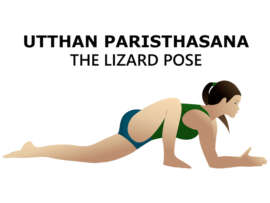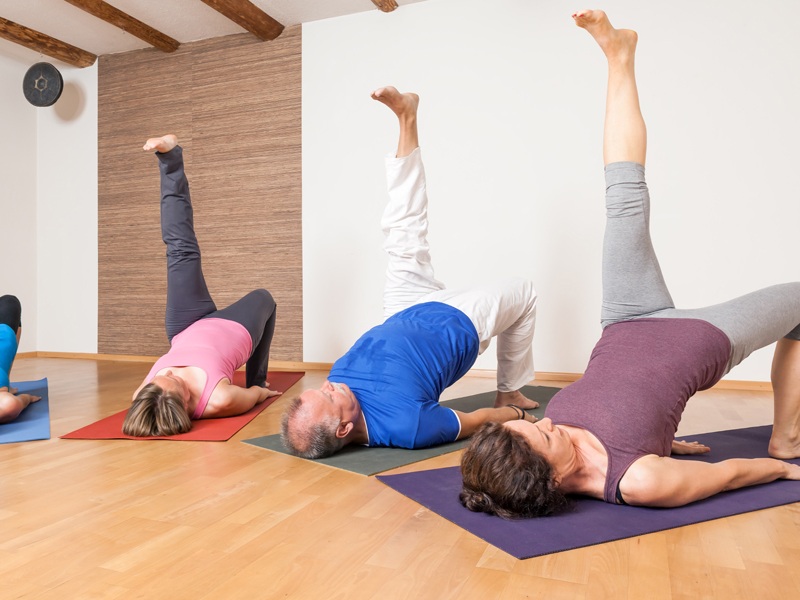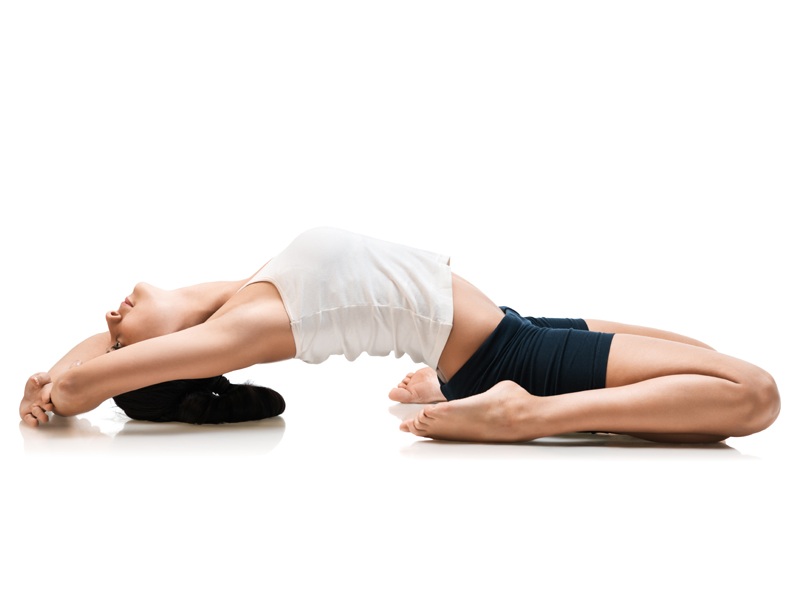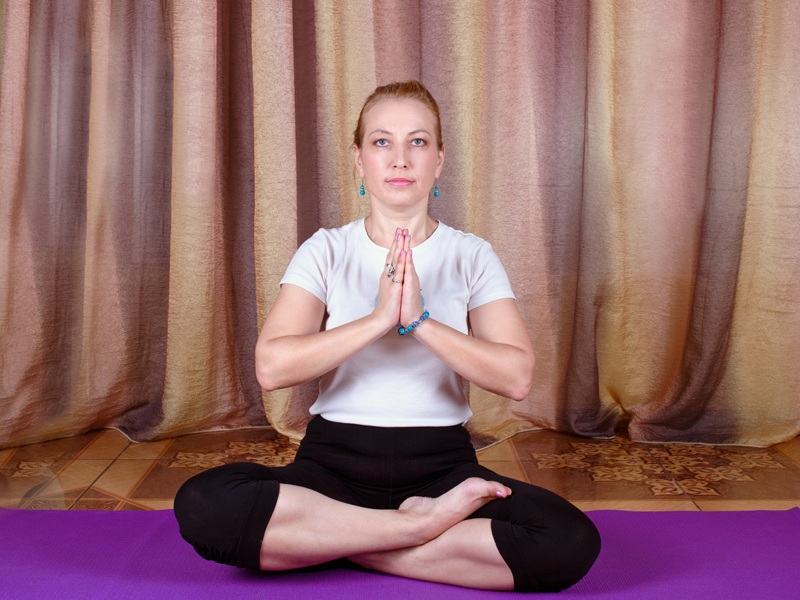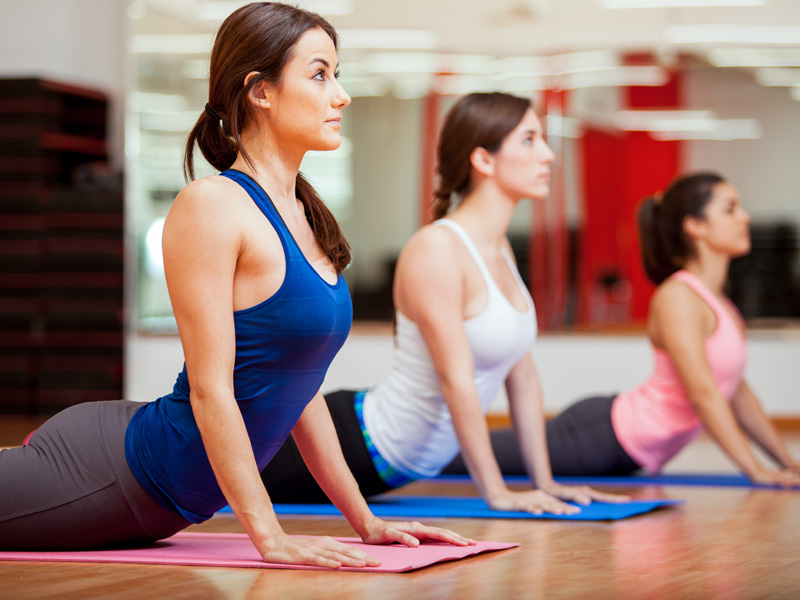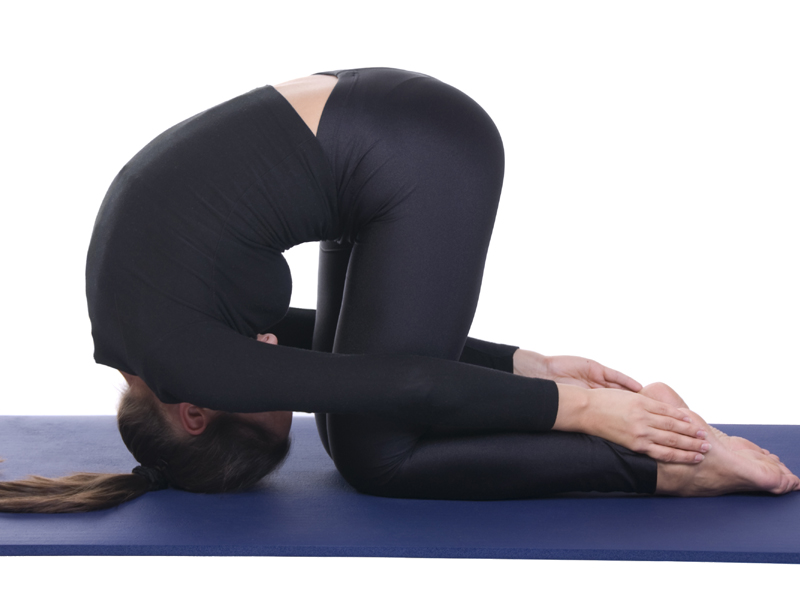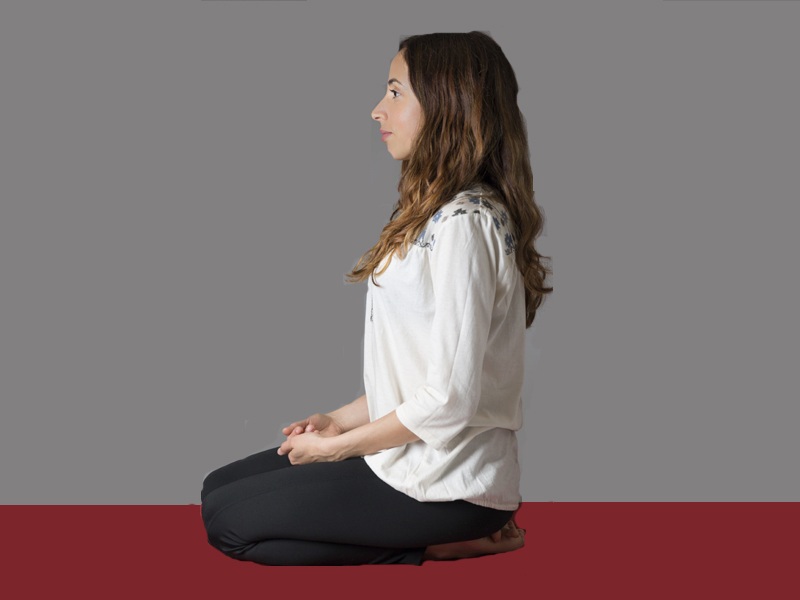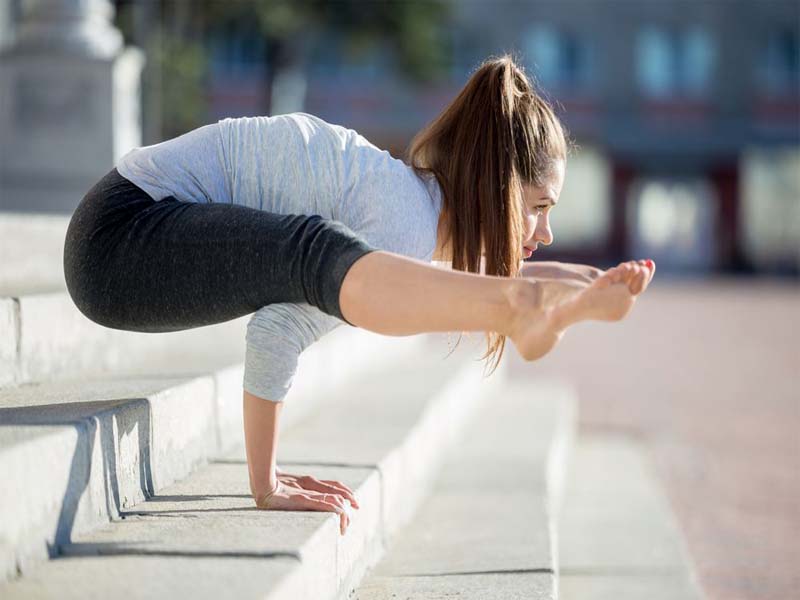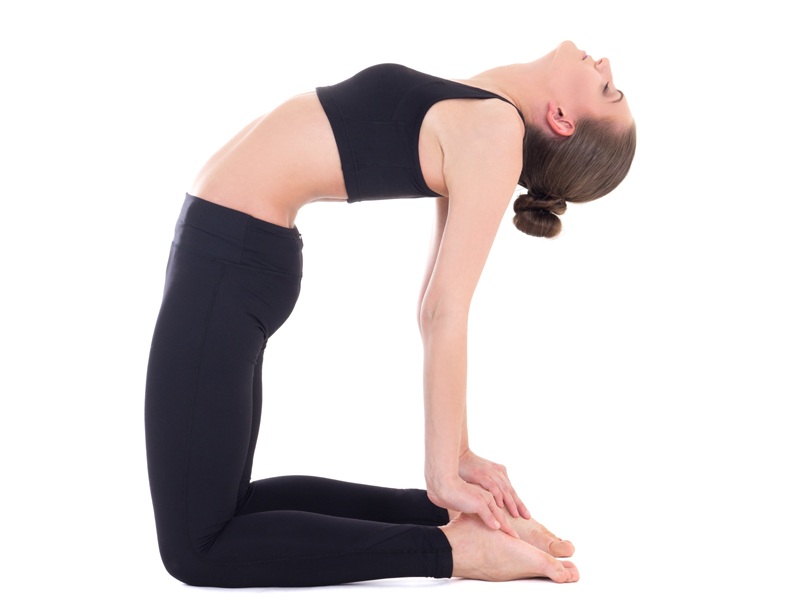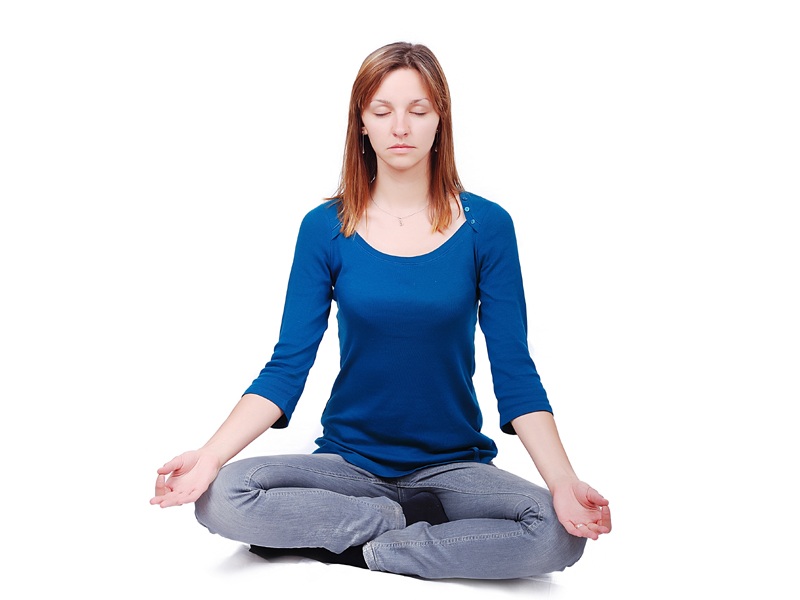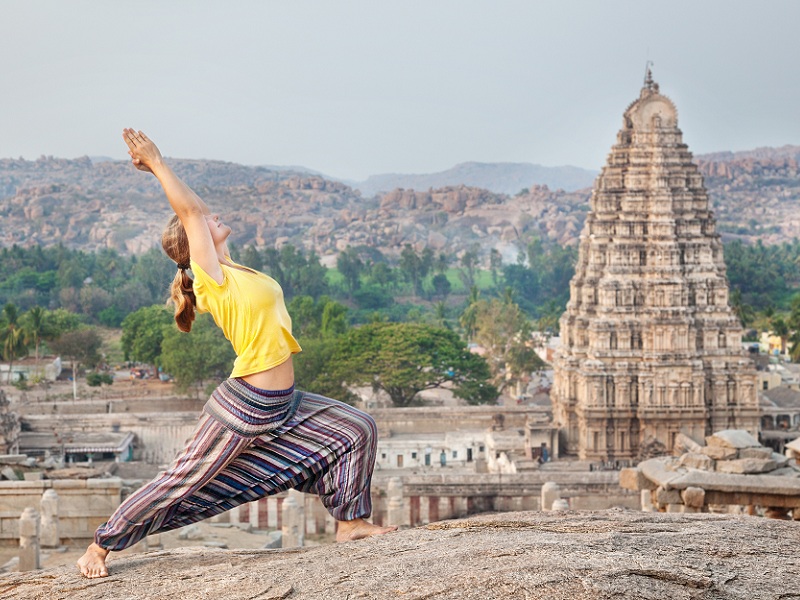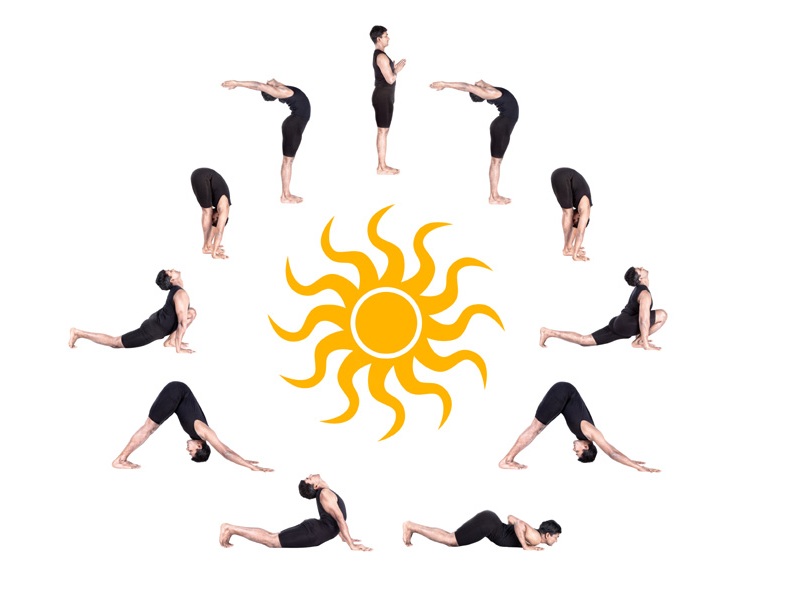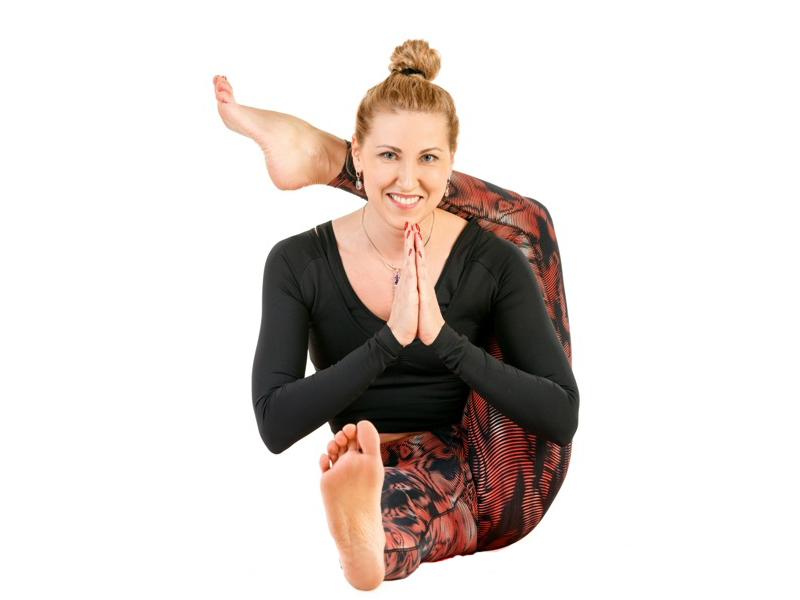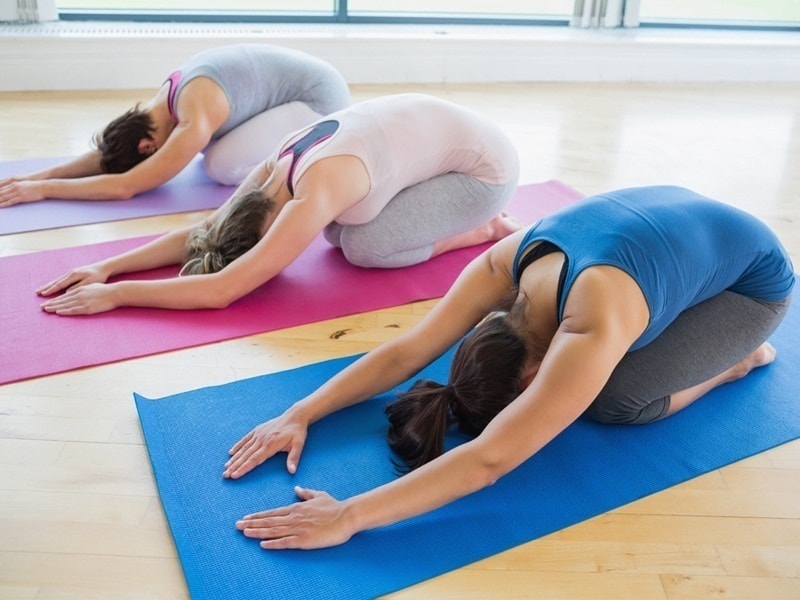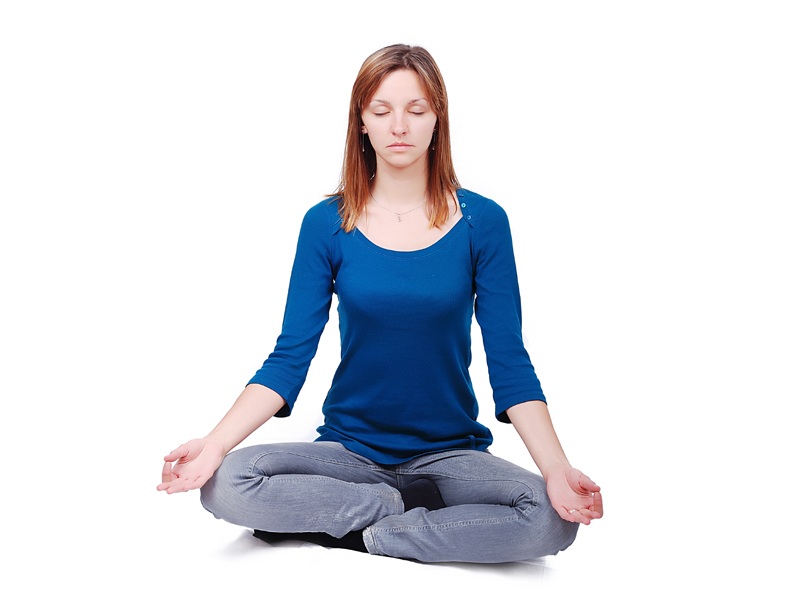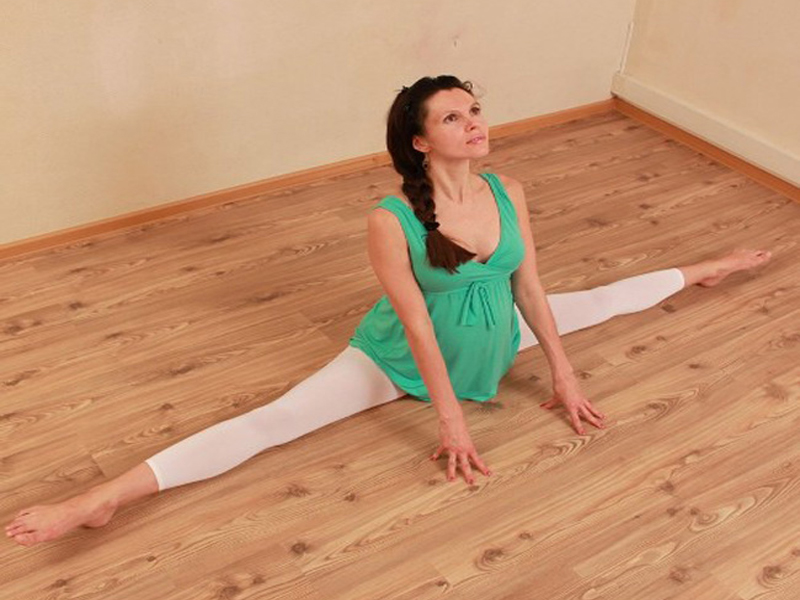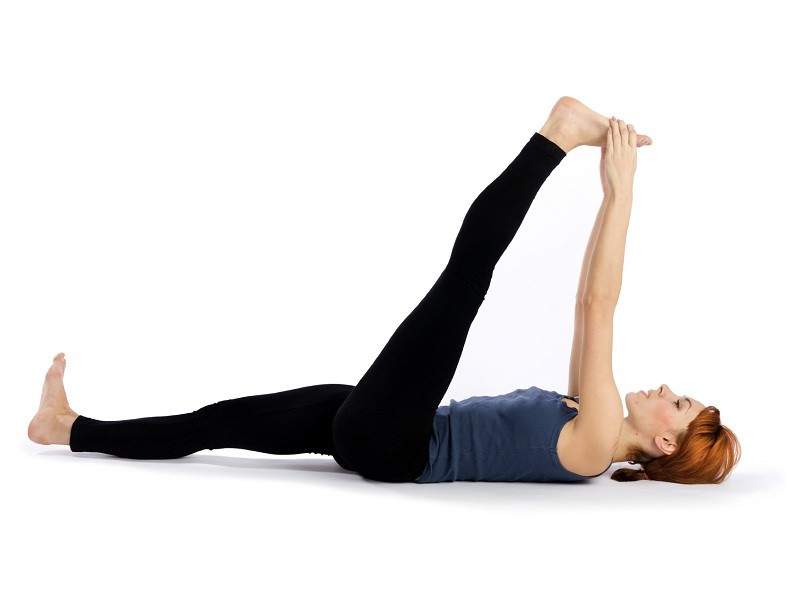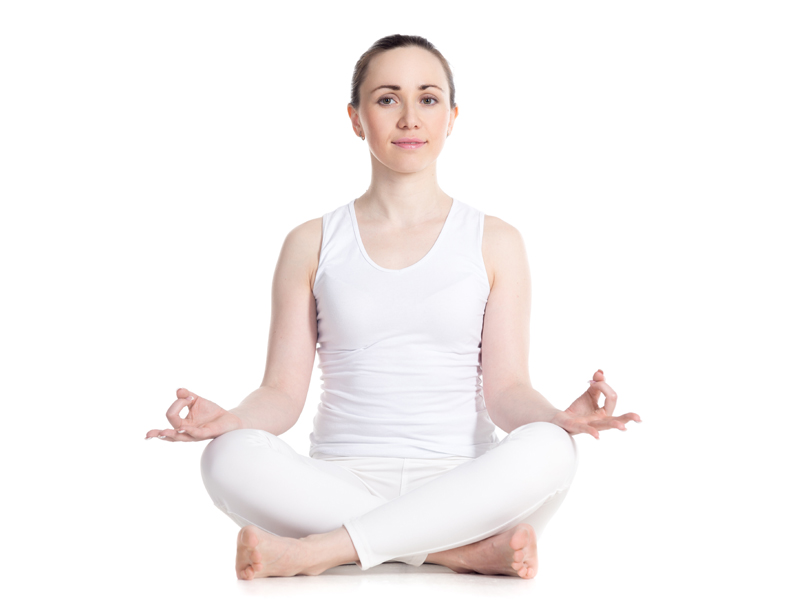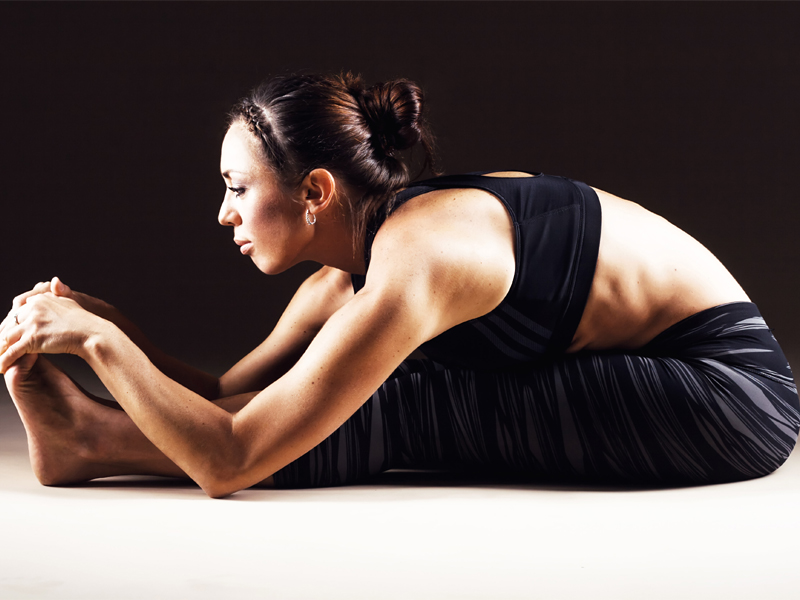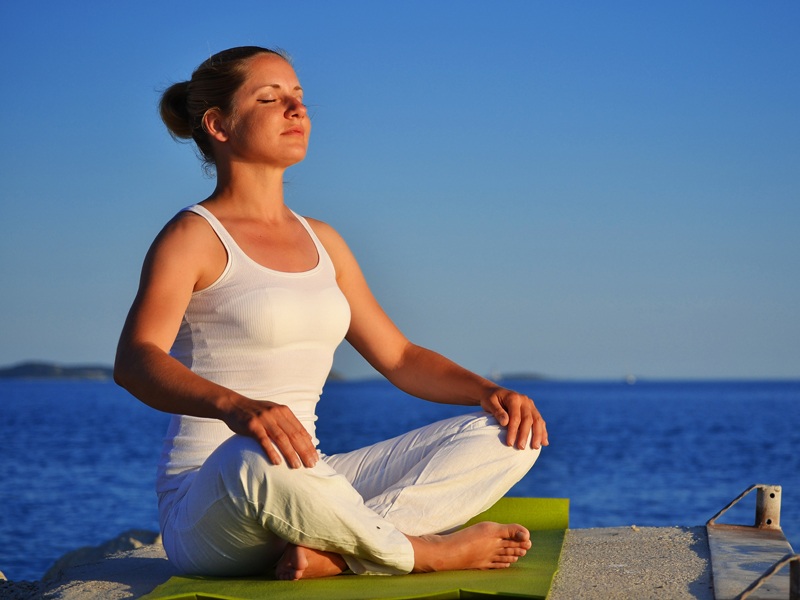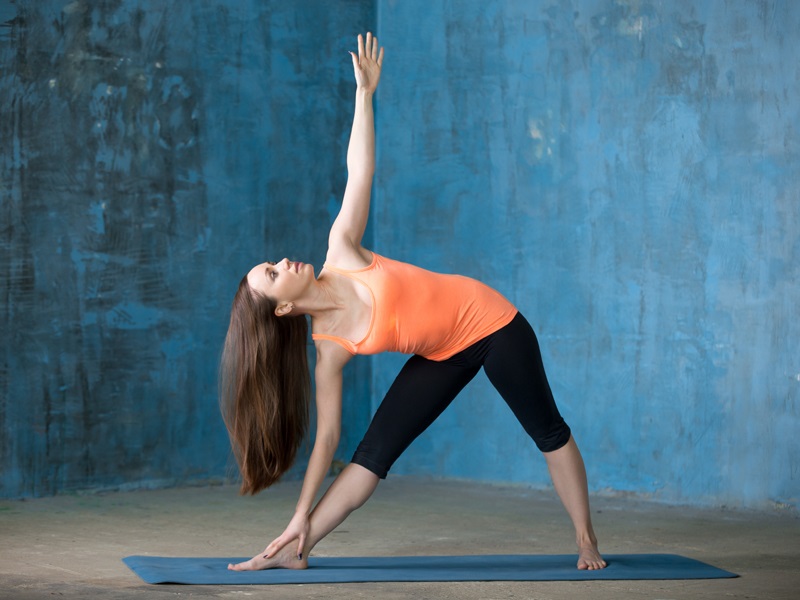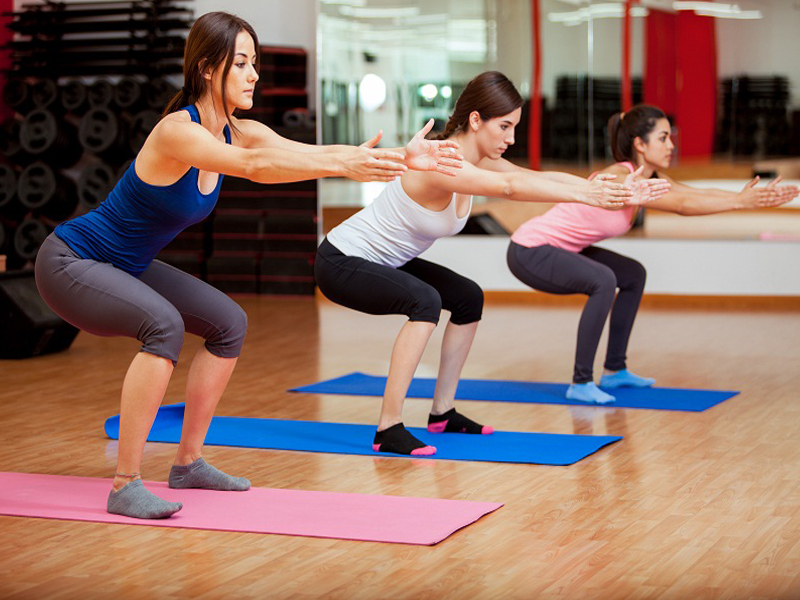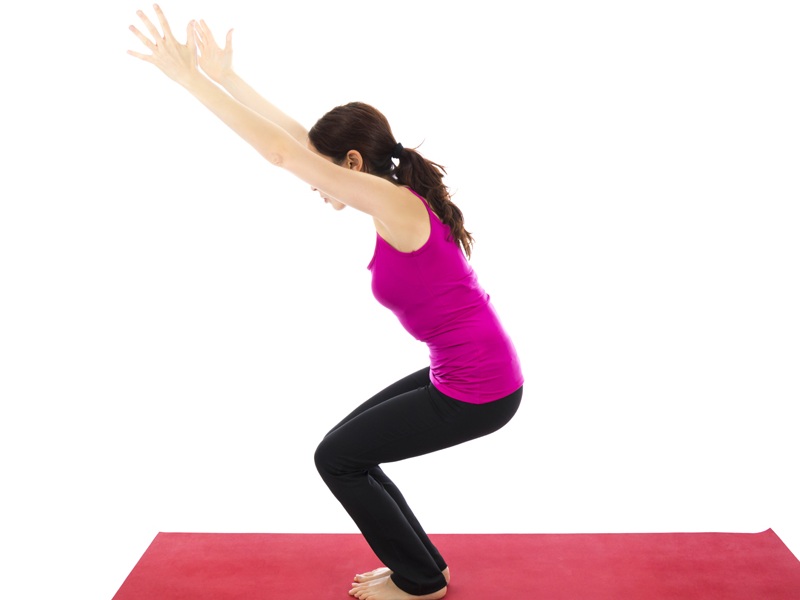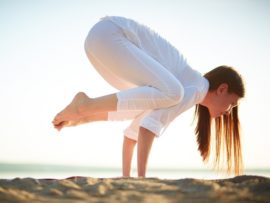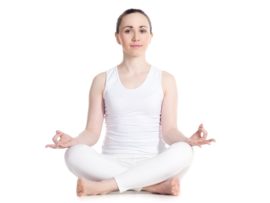Bhujangasana or the cobra pose is one of the easiest and most effective poses of yogasana. It is the 8th step of the Surya Namaskara or the sun salutation. When done perfectly, the pose resembles a cobra with his fangs spread, and hence it is famously known as the Cobra Pose or the serpent pose. With numerous physical as well as physiological benefits, this asana is must perform to stay fit and healthy. By doing this one simple asana, one can activate 4 out of the 7 major chakras of the body. In this article, we will provide detailed information about bhujangasana, how to do it with perfection, common mistakes that one should avoid, benefits, variations, precautions, contraindications, and much more. Read in here for details and bhujangasana images for details.
What is Bhujangasana Yoga (Cobra Pose)
The name Bhujangasana comes from the Sanskrit word “bhujang” meaning snake or serpent. Therefore the asana is also called the Cobra pose; cobra yoga pose or the cobra asana. This asana is a backbend pose, with the person in a pose resembling a serpent with its hood raised. The asana is a part of the sequence of Surya Namaskar (sun salutation) and also asanas in Padma Sadhana. The asana is highly beneficial and known to awaken the kundalini, destroy diseases, and also increase body heat. Doing bhujangasana pose is really simple and hence immensely benefits the body.
Bhujangasana Images, Steps, Benefits, and Precautions:
Given below here is detailed information about bhujangasana and explanation of how to do bhujangasana with pictures and step by step instructions along with their bhujangasana yoga benefits, modifications, tips for beginners and other tips to follow easily this yoga posture.
Bhujangasana Yoga Steps with Images:
How to Perform Bhujangasana?
- Begin by lying on your belly, with your palms placed under the shoulders. Your elbows must be tucked close to your torso. The tops of your feet must be pressing down on the mat, thereby lengthening your legs.
- Press your pelvic bone downwards and also activate your thigh muscles. While doing this, you must feel your tailbone tuck under, when your abdomen contracts and supports the spine.
- Now inhale and press your hands to the ground, lengthening your arms so that your chest is lifted forward and up.
- Next in how to do cobra pose is to keep your tailbone tucked under, as the pelvic bone moves towards your navel. This pelvic tilt would aid you in maintaining the openness in the lower spine as you arch.
- Lift yourself only to the point where the pelvic bone remains on the ground, and you do not feel the pressure in your lower back.
- Press your shoulder blades into your back without being hard on the back muscles. Place your elbows close to your ribcage, with the elbows slightly bent. Make your back muscles, and your arms work in this position.
- Raise your eyes and chin, maintaining a comfortable space through the back of the neck. Hold this pose for 20-30 seconds, taking deep breaths.
- During the last breath, slowly exhale, bringing your head and chest down. Feel your spine lengthen, by pulling your torso forward with your hands.
- Inhale and raise yourself up to your hands and knees, and go back to child pose by exhaling.
Bhujangasana Benefits & Precautions:
Regularly doing bhujangasana yoga benefits our body in the following ways:
Physical Benefits:
- This bhujanga yoga aims to increase the flexibility of the spine and also strengthen it.
- It stretches the various parts of the body like the chest, shoulders, lungs, and abdomen.
- Cobra pose strengthens the back muscles and the arms.
- The internal organs are stretched and also massaged by doing this asana.
- Performing the asana helps to open the lungs and heart.
- It helps to stimulate the abdominal organs and also firms the buttocks.
Therapeutic Benefits:
- Yoga asanas Bhujangasana is known to benefit people who suffer from asthma.
- Performing this asana is known to soothe sciatica.
- It aids in relieving stress and fatigue.
- It is also one of the best poses for those having spondylitis problem.
[See More: Benefits Of Yoga]
Modifications for Bhujangasana Yoga (Cobra Pose):
It is better to avoid doing this pose on the ground if you are stiff. Support a metal chair against a wall, and perform this pose with your hands on the front edge of the seat and with the balls of your feet on the ground.
You could rest your elbows under your shoulders on the floor for reducing the work on your lower back muscles.
This is an advanced variation of bhujangasana and is also known as Bheka Bhujangasana. In this pose, the legs are bent from the knees, and the feet are crossed under the thighs. The hands are placed in the namaskar mudra right under your neck. By doing this pose then the intensity of the backbend is increased multifold.
Precautions for Bhujangasana Yoga (Cobra Pose):
Here are bhujangasana benefits & precautions. In the following circumstances, one should avoid doing bhujangasana:
- This asana must be avoided by people who have back injuries and carpal tunnel syndrome.
- Avoid this asana, if you happen to have headaches.
- Pregnant women must not perform this asana.
- Those who have undergone internal organ surgery must not perform this asana.
- People who suffer from arthritis in the spine or wrists must not perform this asana.
- People who have a problem with hernia should avoid bhujangasana.
Cobra Pose Tips for Starters:
Beginners might find the backbend very difficult, so it is better to not overdo. In order to find the height at which you can perform this asana without straining your back, take your hands off the floor for a second. The height you find will be through extension.
Preparatory and Follow Up Poses:
Sethu Bandha Sarvangasana and Urdhva Mukhasvanasana are the preparatory poses for this asana. Most of the backbend asanas can be performed as follow up asanas for Bhujangasana.
Now we will come to a little more detailing about the bhujangasana or the cobra pose. First, let us get to know more about the ancient and original meaning and origin of it. The reference of this special pose was taken from a scripture known as the Gheranda Samhita and the meaning of this says that you need to keep your navel to big toe touched to the base and then rise like the hood of a serpent. Bhujangasana or the cobra pose is said to arouse fire in the body which in turn burns away all diseases and also stimulates ‘kundalini.’ There are many other benefits of bhujangasana.
It is truly said that perfect health can be achieved if you have the most proper digestive system and after knowing the bhujangasana steps maintaining such health conditions will be easier for you. This is because the cobra pose is one of the best for this purpose and it also ignites digestive power which in turn burns away all the bad bacteria and disease-causing germs and also regulates energy in the most beneficial paths.
What Are The Preparatory and Follow-Up Yoga Poses To Cobra Pose?
Prior to practising the bhujangasana steps and benefits, you can go for the simple Sahaja hasta Bhujangasana. After you are done with your cobra pose practice what you can try are a number of poses one after the other. These are the Vakra hasta Bhujangasana, Niralamba Bhujangasana, Shalabhasana, Naukasana, and Dhanurasana.
[See More: Dhanurasana Yoga]
Let Us Take Some More Tips for Bhujangasana Yoga (Cobra Pose):
First of all, do not be harsh to your body and do not force it to stretch when it cannot anymore. This will not lead you to any benefits of bhujangasana rather; it will have adverse effects on the body. There are reasons for which you will see some people have their hips right on the floor in this pose while some have it lifted. The reason is that some people are more flexible than others. The other reason is that the length of arms and the shapes of the bodies of everyone is not the same and so there might be a difference. This, however, does not mean that the bhujangasana benefits will vary.
Secondly, do not try too hard because you will then fail to do the exact pose. This means that you need to relax mainly your back to get the correct position. If you are tense or stressed, you will not be able to get that arch needed for Bhujangasana and without which it is of no use to practice this pose. Yoga is also about calming down, and so you should do that.
Thirdly, you need a balance of the body in all ways, so try to make a balanced routine of the yoga postures. To balance the arches and weight of the body, you can practice Shalabhasana right after some Saral hasta Bhujangasana and then move on to another version.
When Should You Not Do Bhujangasana?
[See More: Yoga Tips For Beginners]
The Science Behind Bhujangasana:
Bhujangasana is one of the versatile yoga poses with momentous health benefits. As listed above, this cobra pose benefits like strengthens and tones the spine and also makes the digestive system and the respiratory system more efficient. It even efficiently opens up the 4 major chakras namely the Visuddhi Chakra, the Anahatchakra, the Manipura chakra, and the Svadisthanachakra. This asana is practised with open eyes and also improves the vision and the optical nerves.
So, are you surprised to see how powerful and beneficial a simple asana could be? Bhujangasana essentially tops the list of asanas that are very easy to perform and still greatly beneficial, If you have a sedentary working lifestyle and a busy schedule, then it is all the more important that you give this asana a place in your busy schedule. It will not only boost your efficiency but also relieve you from the side effects of the sedentary lifestyle. Do share with us what difference you have experienced after including bhujangasana in your daily lifestyle. This will motivate your fellow readers to inculcate the same good practice in their lives as well.
Frequently Asked Questions & Answers:
Q1. What Muscles Does Cobra Pose Work Upon?
Ans: Bhujangasana is a very simple and effective pose that strengthens the wrists, arms, back, and shoulders. It also stretches the abdominal muscles as well as the uterine muscles. Besides these muscles, Bhujangasana also effectively activates 4 of the 7 basic chakras of our body.
Q2. What Is The Difference Between Cobra Pose and Upward-Facing Dog Pose?
Ans: The basic and the most crucial difference between the cobra pose and the upward facing dog pose is the positioning of the legs. In the bhujangasana, your legs up to your thighs are in contact of the floor, and only your torso is above the ground. In upward facing, dog pose your legs and pelvis are well above the ground, and the pressure is on your toes.
Q3. How do You Teach Cobra Pose?
Ans: The following steps will help you do the cobra asana in yoga with perfection:
- Lie down flat on the floor on your chest
- Press the top of your feet, thighs, and pubis firmly on the ground and keep your palms next to your shoulders
- As you inhale, straighten your arms by lifting your torso off of the floor and going to a height until which you can maintain the connection of your pubis to the legs.
Q4. Is Bhujangasana Pose Bad for The Back?
Ans: Bhujangasana can be considered as an effective pose for healing and relieving lower back pain. However, at times, people complain and experience pain in the lower back while doing this asana. In such a situation rather than lifting the torso one must touch the head to the floor and try to engage the core muscles, which will focus on the lengthening of the thoracic spine and not particularly on the back bending. This is one of the essential variations that one can practice if they experience pain in the lower back.
Q5. Is Cobra Pose Good for Sciatica?
Ans: Cobra pose is one of the best poses to increase the flexibility of the spine. It stretches the chest and also strengthens the shoulders and the spine effectively relieving the pain of sciatica as well as a slipped disc. Thus bhujangasana is a powerful asana that gives a good stretch to the muscles of the spine.
Q6. Does Bhujangasana Help You Increase Height?
Ans: Bhujangasana stretches and strengthens the muscles of the shoulders, chest, and abdomen. It also stimulates the growth hormones and improves the posture. All these factors result in an increase in the height of the person. Thus it can be rightly said that bhujangasana help you increase height.
Q7: What Are The Common Mistakes While Doing Bhujangasana?
Ans: The following are the common mistakes to avoid while doing the cobra yoga pose:
- Spacing between the legs – People tend to keep the legs close to each other, but ideally, they should be placed at the hip distance.
- Placement of the hand – The hands should be kept at the shoulder distance. Keeping the hands wider than that will prevent you from getting the optimal back arch.
- Pushing too hard – Bhujangasana is all about the right posture and not about how high you lift yourself. One must remember that bhujangasana is all about spinal stretch and spinal extension.
- Locking elbow – Everybody has different flexibility, and hence this is not compulsory provided you are feeling a nice stretch in your spine.








